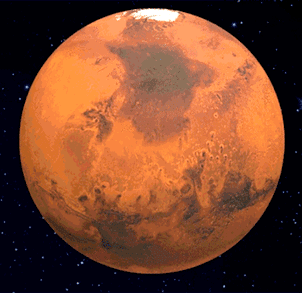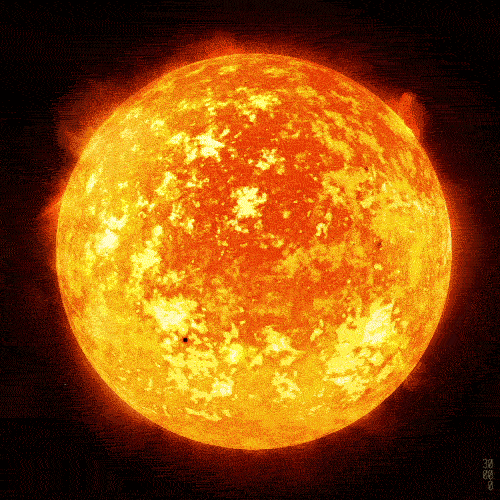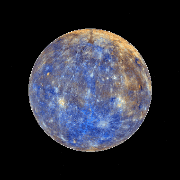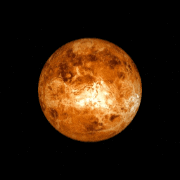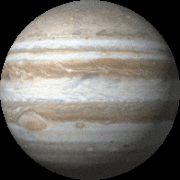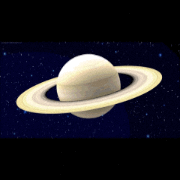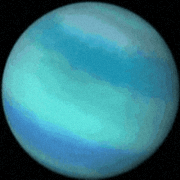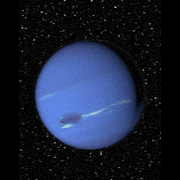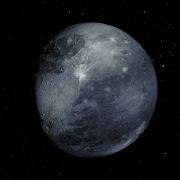Overview of Pluto
Pluto, once considered the ninth planet of our solar system, is now classified as a dwarf planet.
This reclassification occurred in 2006 when the International Astronomical Union (IAU) defined the criteria for planet status, which Pluto did not meet.
Despite its small size and distance from the Sun, Pluto remains a fascinating object of study in astronomy.
Characteristics of Pluto
Physical Properties
Diameter: Approximately 2,377 kilometers, making it about two-thirds the size of Earth's Moon.
Mass: Roughly 1.3 x 10^22 kilograms, which is about 0.2% of Earth's mass.
Surface Composition: Pluto's surface is primarily composed of nitrogen ice, with significant amounts of methane and carbon monoxide.
These ices give Pluto its reddish-brown color.
Atmosphere
Pluto has a thin atmosphere that expands and contracts as it orbits the Sun.
The atmosphere is primarily composed of:
Nitrogen (N2): About 98% of the atmosphere.
Methane (CH4): Around 2%.
Carbon Monoxide (CO): Present in trace amounts.
The atmosphere can become denser as Pluto approaches the Sun, allowing for the possibility of clouds and hazes.
Orbit and Rotation
Orbital Characteristics
Distance from the Sun: Pluto orbits the Sun at an average distance of about 5.9 billion kilometers (39.5 AU).
Orbital Period: It takes Pluto about 248 Earth years to complete one orbit around the Sun.
Eccentricity: Pluto's orbit is highly elliptical, causing its distance from the Sun to vary significantly.
Rotation
Rotation Period: Pluto has a rotation period of about 6.4 Earth days.
Tilt: Its axial tilt is approximately 120 degrees, which results in extreme seasonal variations.
Moons of Pluto
Pluto has five known moons, with the largest being Charon.
The other four smaller moons are Styx, Nix, Kerberos, and Hydra.
Charon
Size: Charon is about half the size of Pluto, with a diameter of approximately 1,212 kilometers.
Orbit: Charon and Pluto are tidally locked, meaning they always show the same face to each other.
Other Moons
Styx: Discovered in 2012, it is about 10 to 30 kilometers in diameter.
Nix: Discovered in 2005, it is roughly 49.8 kilometers in diameter.
Kerberos: Discovered in 2011, it is about 19 to 30 kilometers in diameter.
Hydra: Also discovered in 2005, it is approximately 50 kilometers in diameter.
Exploration of Pluto
The most significant exploration of Pluto occurred through NASA's New Horizons mission, which flew by Pluto in July 2015.
This mission provided unprecedented data about Pluto's surface, atmosphere, and moons.
Key Findings from New Horizons
Surface Features: New Horizons revealed a diverse landscape, including vast plains, mountains, and possible cryovolcanoes.
Atmospheric Composition: The mission confirmed the presence of a thin atmosphere and provided insights into its seasonal changes.
Geological Activity: Evidence of geological activity was found, suggesting that Pluto may still be geologically active.
Cultural Impact
Pluto has captured the imagination of the public and scientists alike. Its reclassification from planet to dwarf planet sparked debates about
what constitutes a planet and has led to a renewed interest in the study of other celestial bodies in the Kuiper Belt.
In Popular Culture
Pluto has been featured in various forms of media, including:
Disney's Pluto: The animated dog character, which has contributed to the name's popularity.
Literature and Art: Pluto has inspired numerous works in literature and art, often symbolizing mystery and the unknown.
Pluto continues to be a subject of interest in astronomy, and future missions may further enhance our understanding of this distant world.
